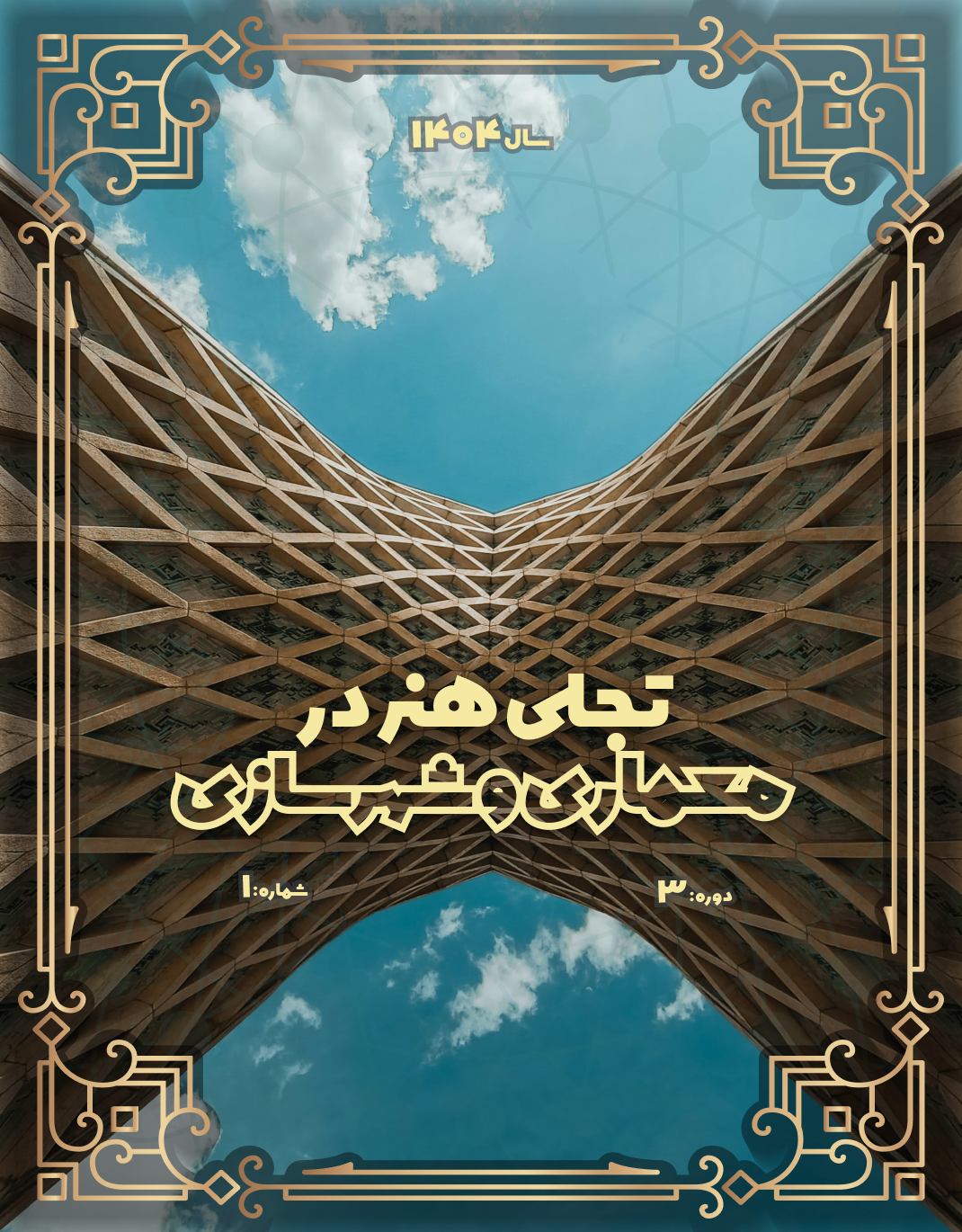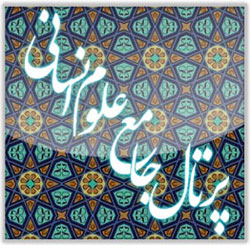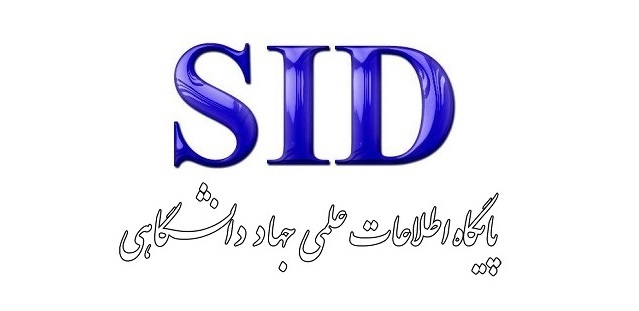Semiotic Analysis of Silence in Fashion Design Based on Peirce’s Triadic Reading of Visual Signs
Keywords:
Cultural Semantics, Silence, Peirce’s Semiotics, Women’s Clothing DesignAbstract
This study, aiming to conduct a semiotic analysis of silence in contemporary Iranian women’s fashion design, seeks to examine silence at the level of visual signs through Peirce’s triadic framework of icon, index, and symbol. The theoretical section of the research, drawing on case-based approaches (such as those of Shirin Gild, Araz Fazaili, and Mehrnoush Shah Hosseini) and philosophical perspectives (including the views of Wittgenstein, Derrida, and Barthes), conceptualizes silence and subsequently redefines it within the Peircean semiotic system. The research method is qualitative, employing a visual semiotic analysis approach. The study sample comprises a collection of conceptual and contemporary clothing designs by Iranian designers from the 2010s, which are evaluated in terms of form, color, texture, and spatial structure. Data were collected and interpreted through a combination of visual observation, comparative analysis, and decoding of visual constructs. In the applied analysis section, the works of three prominent contemporary Iranian designers—Shirin Gild, Araz Fazaili, and Mehrnoush Shah Hosseini—were examined semiotically. The findings indicate that these designers, through the use of simple forms, neutral colors, and the elimination of superfluous ornamentation, employ the visual language of silence as a cultural, aesthetic, and even political strategy. In Shirin Gild’s works, minimalism—drawing inspiration from traditional Iranian attire and removing seductive signs—transforms into a language of silence, dignity, and critical engagement. Fazaili’s designs, by reinterpreting rural elements and removing visual extravagance, present silence as cultural resistance and a reflection of feminine identity. Likewise, Mehrnoush Shah Hosseini’s works, by integrating the language of traditional architecture with fashion design, recreate silence not only through elimination but also through geometry, material, and space. This analysis provides a more nuanced understanding of the role of clothing in representing Iranian women’s identity, the social meaning-making systems, and the relationship between design, the body, and culture.
Downloads
References
1. Kaiser SB. Fashion and cultural studies: Bloomsbury Publishing; 2012.
2. Entwistle J. The Fashioned Body: Fashion, Dress, and Modern Social Theory: Polity Press; 2000.
3. Lupton E. Graphic design and visual communication: The art of telling without words: Princeton Architectural Press; 2011.
4. Barthes R. The Language of Fashion: Bloomsbury Publishing; 2006.
5. Elam K. Semiotics of theatre and drama: Routledge; 2002.
6. Mahmoodi-Bakhtiari B. Silence and power in Persian discourse. Discourse & Society. 2014;25(1):76-90.
7. Hacker PMS. Wittgenstein: Comparisons and Context: Oxford University Press; 2013.
8. Wittgenstein L. Tractatus Logico-Philosophicus: Routledge & Kegan Paul; 1922.
9. Colapietro V. Peirce's Approach to the Self: A Semiotic Perspective on Human Subjectivity: SUNY Press; 1989.
10. Peirce CS. Collected Papers of Charles Sanders Peirce: Harvard University Press; 1931.
11. Lee S. Minimalism in fashion design: A semiotic approach. Journal of Fashion Theory. 2015;19(4):377-94.
12. Kawamura Y. Fashion-ology: An Introduction to Fashion Studies: Berg Publishers; 2005.
13. Hayati D, Sinha S. Decoding silence in digital cross-cultural communication: Overcoming misunderstandings in global teams. Language, Technology & Social Media. 2024;2(2):128-44.
14. Derrida J. Of Grammatology. Spivak GC, editor: Johns Hopkins University Press; 1976.
15. Asselineau A, Grolleau G, Mzoughi N. Quiet environments and the intentional practice of silence: Toward a new perspective in the analysis of silence in organizations. Industrial and Organizational Psychology. 2024;17(3):366-70.
16. Quadri M. Communicative meaning and the epistemology of silence 2024 [Available from: https://philarchive.org/rec/QUACME.
17. López Gutiérrez Á. An Exploration of Silence in Communication. European Political Science and International Relations. 2024;12(3).
18. Moradi F, Zarei M. Fashion design as a medium in contemporary Iranian conceptual art. Scientific Journal of Visual Arts. 2019;16(4):77-93.
19. Koda H. Extreme Beauty: The Body Transformed: The Metropolitan Museum of Art; 2005.
20. Advocating minimalism: The style legacy of Shirin Guild [Available from: https://www.anothermag.com/fashion-beauty/8273/advocating-minimalism-the-style-legacy-of-shirin-guild.
21. Araz Fazaeli [Available from: https://jument.style/blog/araz-fazaeli.
22. Mehrnoosh Shahhosseini [Available from: https://www.mehrnooshshahhosseini.com/.
Downloads
Published
Submitted
Revised
Accepted
Issue
Section
License
Copyright (c) 2025 Farnaz Mirkazemi (Author); Fateme Shahroodi; Mohammad Reza Moridi (Author)

This work is licensed under a Creative Commons Attribution-NonCommercial 4.0 International License.










